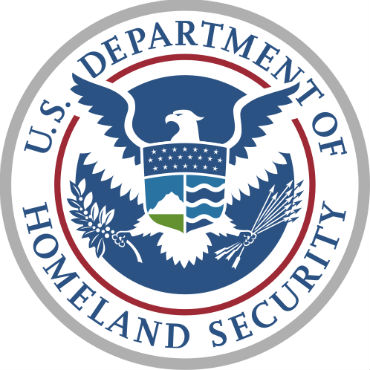New DHS CIO leads with a hands-on style

Richard Staropoli, the new top tech official at the Department of Homeland Security, wants systems that can cover a lot of ground but says the search for a "100 percent solution" impedes progress.

The Department of Homeland Security isn't looking for one-size-fits-all IT, said its new CIO, but rather technology that can address common and specific needs across its sprawling family of component agencies, according to the DHS' new CIO.
Richard Staropoli said his eight years of experience as a New York City hedge fund chief information security officer will help him sort through the fast-paced, diverse IT needs for his agency. He said he won't search for overarching, agencywide solutions that could bog down everyday operations, however.
"Most hedge fund managers stay in their high-pressure, fast-paced jobs for only a year to a year-and-a-half. I stayed for eight years," said Staropoli in remarks on a panel at the ACT-IAC acquisition conference on June 13. "I really enjoy the pace. I enjoy getting into the weeds and minutia of solving problems, addressing an issue and them moving on to the next issue," he said.
Staropoli has only been on the job since late April after being tapped by President Donald Trump to replace former CIO Luke McCormack.
Staropoli had been managing director, CISO and head of counter-party risk at the New York City-based Fortress Investment Group. However, he's no stranger to DHS' operations. Before Fortress, he served in the U.S. Secret Service's Presidential Protective Division, the agency's hostage rescue unit and as the chief of polygraph operations.
Moving quickly to solve problems requires a level-headed, common-sense approach, built on "common business-sense applications," he said, as well using solutions that work and applying them effectively.
Staropoli said DHS "will no longer go after the 100 percent solution" for its 22 component agencies' IT needs. Those 100 percent solutions, he said, won't work inside DHS' diverse, complex environment.
An IT system or capability that works for the Coast Guard, might not be as effective for the agency's inspector general, according to Staropoli. "If you try to find a solution that does all those things, you won't get moving" on anything, he said.
"We will look for the 80 percent solution. What solution will have the biggest impact for 80 percent" of the agency, he said. Through consultation and "conversation," Staropoli said the remaining 20 percent can be narrowed down, addressed and "filled in."
Staropoli said he does not like working through email and text.
"They're the two most overused things along with Powerpoint," he said. He prefers hashing out details face-to-face or "old-school, pick-up-the-phone" conversations to get things done.
Staropli has also taken the agency's chief financial officer and chief procurement officers on "field trips" to actually see what they have purchased to help the agency do its job. So far, he said he has taken the CFO and CPO to visit the Federal Emergency Management Agency's Mt. Weather civil emergency command facility and DHS' data center in Virginia.
"They need to see what they're buying," he said.


